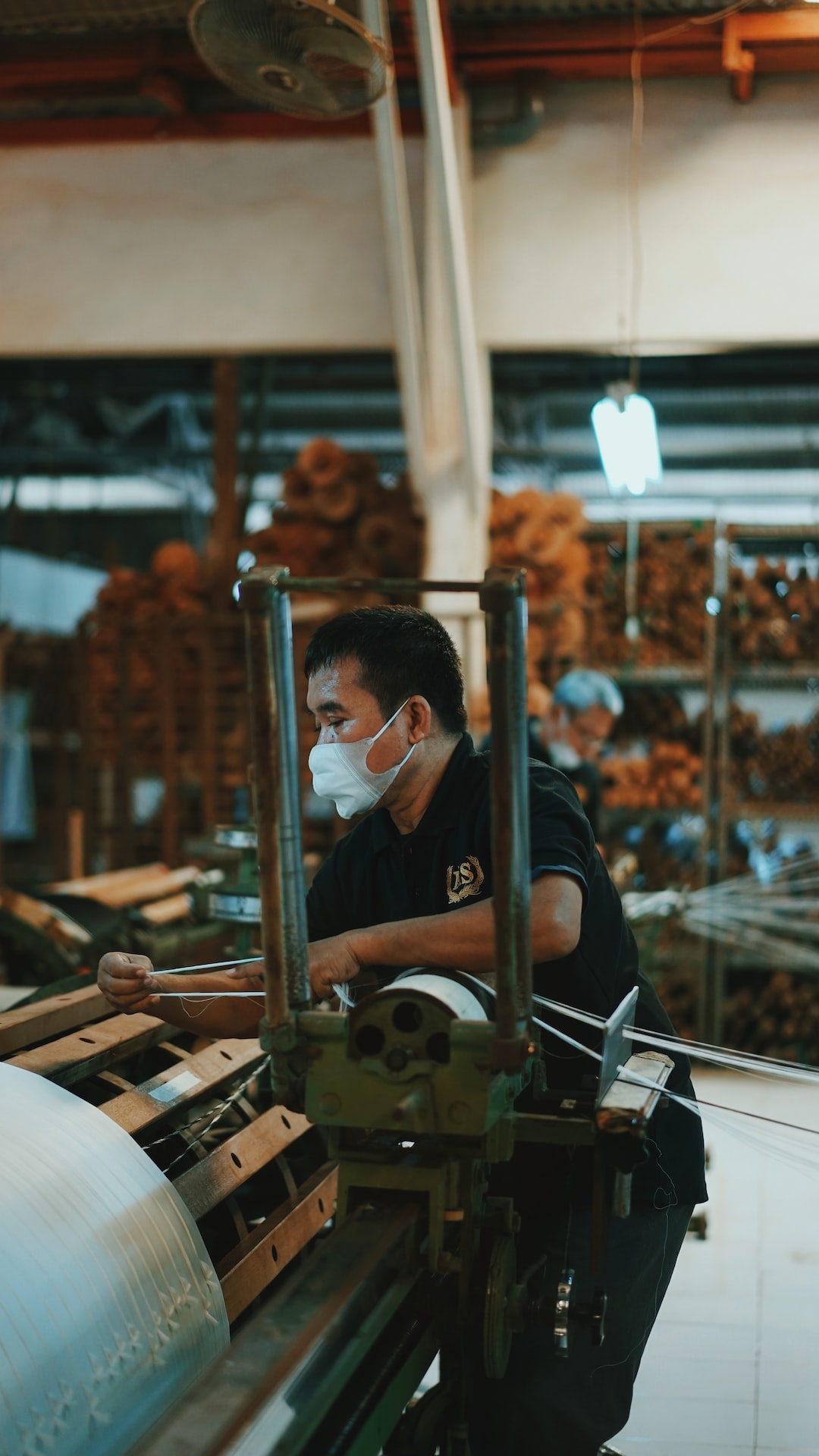Managing Risks in Production: Mitigating Potential Disasters
In the world of production, risks are inevitable. From machinery breakdowns to supply chain disruptions, unexpected events can quickly turn into disasters if not managed effectively. As a production manager, it is your responsibility to identify potential risks and take necessary precautions to mitigate their impact on your business. In this blog post, we will discuss some key strategies for managing risks in production and preventing potential disasters.
1. Conduct a thorough risk assessment:
The first step in managing risks is to identify and understand them. Conduct a comprehensive risk assessment of your production processes, considering both internal and external factors. This may include analyzing equipment failure rates, evaluating supply chain vulnerabilities, and identifying potential safety hazards. By gaining a clear understanding of the risks involved, you can develop appropriate strategies to mitigate them effectively.
2. Implement preventative maintenance programs:
Preventative maintenance plays a crucial role in minimizing the risks associated with machinery breakdowns. Regularly inspect and service your equipment to ensure they are operating at their optimal level. Develop a preventive maintenance schedule and stick to it, addressing any potential issues before they become a major problem. This proactive approach will not only reduce the chances of production disruptions but also prolong the lifespan of your machinery.
3. Develop strong supplier relationships:
Supply chain disruptions can significantly impact production timelines and quality. To mitigate this risk, establish strong relationships with your suppliers. Regular communication, transparency, and collaboration are key in building trust and ensuring a reliable supply chain. Maintain alternative supplier options to minimize the impact of any unforeseen issues with your primary supplier.
4. Continuously monitor and improve processes:
Regular monitoring of key production processes can help identify potential risks and areas for improvement. Use data analytics and key performance indicators (KPIs) to track production metrics and identify any anomalies or potential bottlenecks. Continuous improvement initiatives, such as lean manufacturing or Six Sigma, can help streamline operations and minimize risks in production.
5. Train and educate your workforce:
Your employees play a critical role in managing risks and preventing disasters. Conduct regular training sessions to ensure that they are equipped with the necessary knowledge and skills to identify and respond to potential risks. Encourage a culture of safety and provide clear guidelines for reporting any potential hazards or near-misses. By empowering your workforce to be proactive in risk management, you can reduce the likelihood of disasters occurring.
6. Develop a robust emergency response plan:
Despite all precautionary measures, unforeseen events can still occur. Having a well-defined emergency response plan is essential in minimizing the impact of potential disasters. Identify potential scenarios and develop a step-by-step plan for each one. Clearly communicate this plan to all employees and conduct regular drills to ensure everyone understands their roles and responsibilities in an emergency situation.
7. Regularly review and update risk management strategies:
Risk management is an ongoing process that requires regular review and updates. As your production processes evolve, so will the associated risks. Conduct periodic assessments to identify any new or emerging risks and revise your strategies accordingly. Stay up to date with industry trends and technological advancements that could offer new solutions for risk mitigation in production.
In conclusion, managing risks in production requires a proactive and comprehensive approach. By conducting thorough risk assessments, implementing preventative maintenance programs, developing strong supplier relationships, continuously monitoring and improving processes, training and educating your workforce, developing a robust emergency response plan, and regularly reviewing and updating risk management strategies, you can mitigate potential disasters and ensure smooth production operations. Remember, prevention is always better than cure when it comes to managing risks in production.
